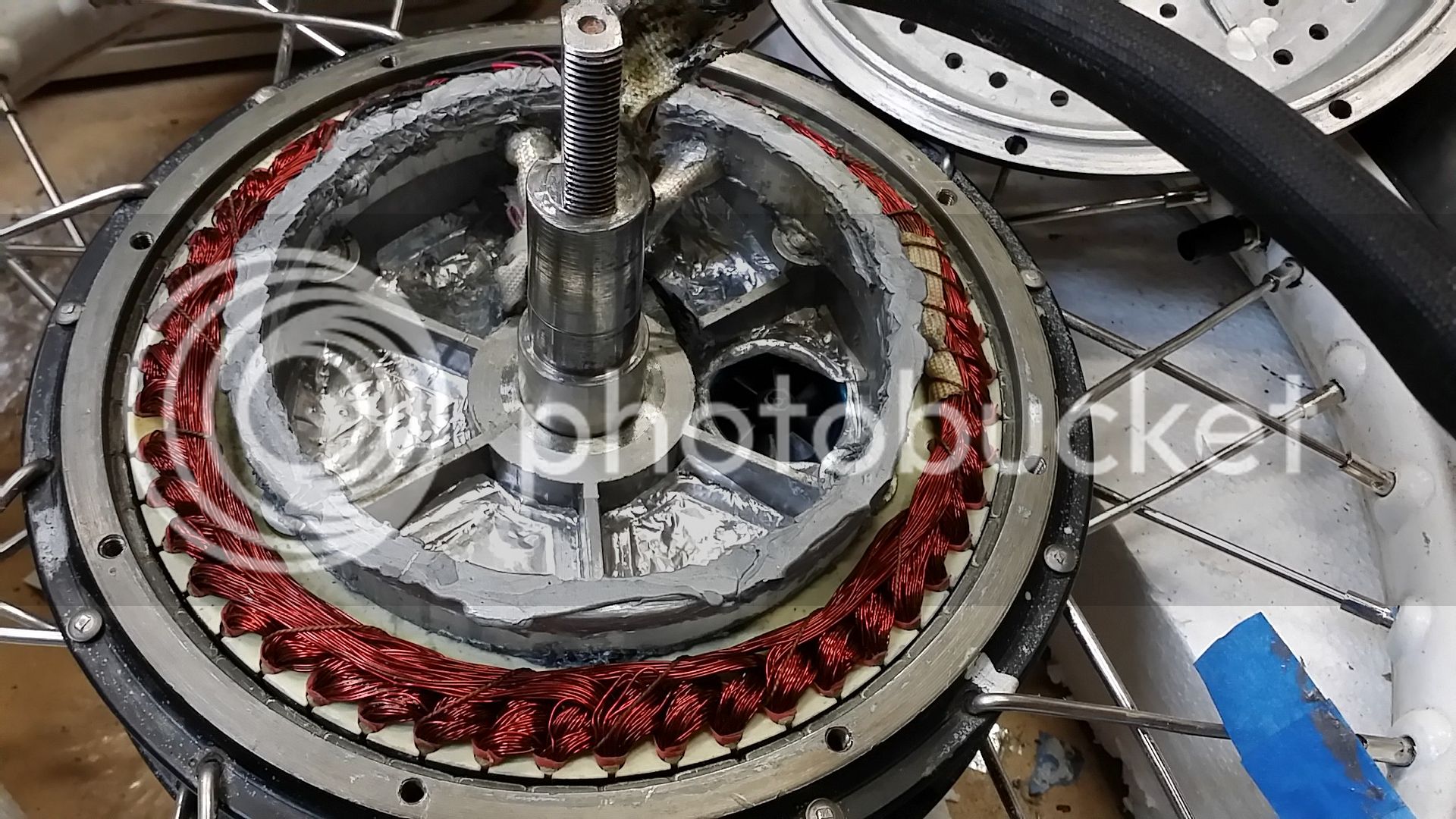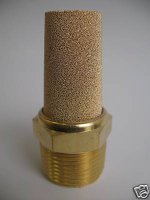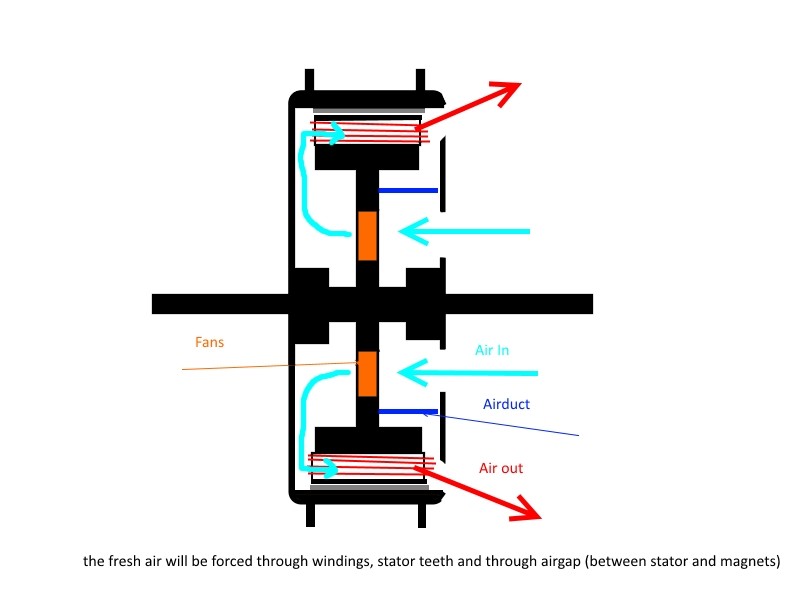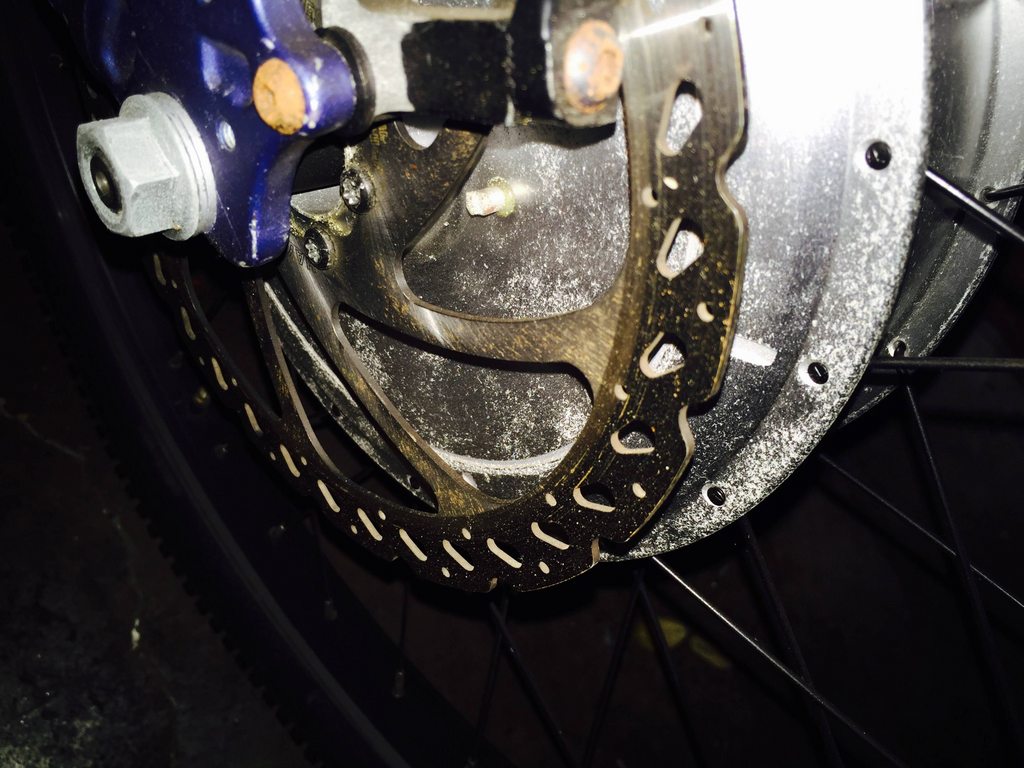I just wanted to let people know of the cooling method I built for my cromotor. The FF looks promising and I look forward to more testing. The only thing I want to see is how well it performs with low speed offroad riding, basically any really hard trail riding where you are riding very slowly and need to climb steep hills.
I have put together fan based air cooling in my cromotor using an air duct to circulate fresh air in and hot air out. I believe the idea was madin88 and I built the idea into my cromotor. It sucks air through the center holes and pushes it through the windings on one side, then through the magnet/stator gap, then it pushes it through the windings again on the other side then out of the motor only through the outer most holes. Holes have to be drilled only on one side for this to work. The fan used to push the air is a 30mm edf a very high powerful fan that is much powerful than muffin fans, but runs at like 60-80 watts at high speed.
It wasn't the easiest thing to get it built, the hard part was getting the airduct to seal against the side cover of the motor so that the air doesn't recirculate in the motor. If any air recirculated inside the motor the results were very bad as it wouldn't cool effectively. Even if the air duct that sealed the motor inside to stop air recirculating had like a small 2mm gap that was enough to recirculate almost all the air and the cooling wasn't good.
It took me to mill a custom air duct that needed to be tapped / screwed down to the stator. To seal the air duct against the side cover I used silicone on top of the air duct and pressed on the motor covers to flatten the silicone and molding a tight seal. Remember the air duct has to seal against the spinning side covers of the motor. I used a piece of tape to make a small space (around .2 mm) between the silicone and side cover to give a little bit of space if there were any tolerance issues in the case or else the silicone would rip off.
For the fan I used a high speed 30mm EDF fan that spins over 50K RPM and blows a lot of air. These are like tiny jet engines, holding it to your face feels like you stuck your head out the window at over 50MPH.
How well does it work? It works amazingly well to cool the motor. The air coming out of the exhaust holes when the motor reaches over 70c is so hot that holding my hand close to the output vent holes will start burning my hand in about 5 seconds. It is throwing out a tremendous amount of heat. If I put my face to the side of the motor, but far away (50 cm), I can feel the full breeze of heat coming out of the motor.
I went from not being able to use my bike in the hot summer days because of overheating problems to being able to drive as hard as I want when running the EDF at full speed. When climbing steep hills where the motor is almost stalled at 7000 watts, the windings will still jump up quickly to 110c or higher but will cool back down to 65c in just maybe 30 seconds to a minute on a fully heated motor. This would take me like 30 minutes to cool down with a sealed motor in the summer and that is why I didn't want to ride in the summer, because once that motor became fully saturated with heat (after about 800 watt hours of power through it) it wouldn't cool off after that and any acceleration would overheat it above 100c. Considering I have about 2400 watt hours of battery power my ride was pretty much over at only 1/3 my battery power because the motor was fully saturated with heat and wouldn't cool down I had to limit my driving to keep it from overheating.
How well does it hold up? After numerous trial and error and having to open up the motor like 6 times in the first week, I got it built right and it has held up perfectly with lots of hard riding and has not had any issue since for many months. The EDF fan has also held up without any issues other than having to glue on the propeller because it would slip off the axle, this is very common as the propeller is only press fit on.
There are also lots of ways to improve on the design, first the hot air when blown out of the motor may have some of it getting sucked back into the motor because they vent on the same side, this can be fixed by directing the hot air away from the inside holes with a small air duct on the outside. I can also add heat sinks to the inside of the stator to exhaust hot air quicker out of the stator. I also am running the EDF at lower volts and can easily raise the speed to get an even higher airflow or add another EDF as the weight is like 20 grams or so. The other thing I could do is direct the air more directly thorugh the windings on both sides by closing up the space above the windings.
I really believe this is one of the best designs for slow speed riding because you can cool when stopped and driving really slowly. It may also cool better than water cooling if I add heatsinks to the interior of the stator because it will push heat out of the interior of the stator like water cooling blocks through the heat sinks, but it also has the benefit of running fresh air through the windings on both sides of the motor and the magnet/stator gap.
Most of the time I don't run the fans and only use them for hard riding or those 90F+/32c+ days. Having drilled the side cover for air cooling seems to have made a huge difference by itself. The drawback is that it is somewhat loud, like a noisy computer at full speed. You won't hear it driving 20MPH+ but when driving really slowly you can hear it. I can easily control the fan on the handlebar with a servo tester.
If anyone is wondering why I drilled the holes so small the reason was first I only wanted air cooling when using the fan so I wanted them small to protect from anything large getting inside the motor as I do a lot of woods riding. I did some tests to get enough holes drilled to make sure the air flowed out with good force.
[youtube]iU9ti000LuU[/youtube]











